|
#4
19th March 2015, 11:46 AM
| |||
| |||
| Re: ICAR All Indian Entrance Exam Syllabus
As you want to get ICAR All Indian Entrance Exam UG Syllabus for doing preparation of this exam so here I am giving you same: Unit-1: Physical World and Measurement Physics - scope and excitement; nature of physical laws; Physics, technology and society. Need for measurement: Units of measurement; systems of units; SI units, fundamental and derived units. Length, mass and time measurements; accuracy and precision of measuring instruments; errors in measurement; significant figures. Dimensions of physical quantities, dimensional analysis and its applications. Unit-2: Kinematics Frame of reference. Motion in a straight line: Position-time graph, speed and velocity. Uniform and non-uniform motion, average speed and instantaneous velocity. Uniformly accelerated motion: velocity-time graph, position-time graphs, relations for uniformly accelerated motion (graphical treatment). Elementary concepts of differentiation and integration for describing motion. Scalar and vector quantities: Position and displacement vectors, general vectors and notation, equality of vectors, multiplication of vectors by a real number; addition and subtraction of vectors. Relative velocity. Unit vector; Resolution of a vector in a plane - rectangular components. Motion in a plane. Cases of uniform velocity and uniform acceleration-projectile motion. Uniform circular motion. Motion of objects in three dimensional space. Motion of objects in three dimensional space Unit-3: Laws of Motion Intuitive concept of force. Inertia, Newton’s first law of motion; momentum and Newton’s second law of motion; impulse; Newton’s third law of motion. Law of conservation of linear momentum and its applications. Equilibrium of concurrent forces. Static and kinetic friction, laws of friction, rolling friction. Dynamics of uniform circular motion: Centripetal force, examples of circular motion (vehicle on level circular road, vehicle on banked road). Unit-4: Work, Energy and Power Scalar product of vectors. Work done by a constant force and a variable force; kinetic energy, work-energy theorem, power. Notion of potential energy, potential energy of a spring, conservative forces: conservation of mechanical energy (kinetic and potential energies); non-conservative forces: elastic and inelastic collisions in one and two dimensions. Unit-5: Motion of System of Particles and Rigid Body Centre of mass of a two-particle system, momentum conversation and centre of mass motion. Centre of mass of a rigid body; centre of mass of uniform rod. Vector product of vectors; moment of a force, torque, angular momentum, conservation of angular momentum with some examples. Equilibrium of rigid bodies, rigid body rotation and equations of rotational motion, comparison of linear and rotational motions; moment of inertia, radius of gyration. Values of moments of inertia for simple geometrical objects. Statement of parallel and perpendicular axes theorems and their applications. Unit-6: Gravitation Keplar’s laws of planetary motion. The universal law of gravitation. Acceleration due to gravity and its variation with altitude and depth. Gravitational potential energy; gravitational potential. Escape velocity. Orbital velocity of a satellite. Geo-stationary satellites. 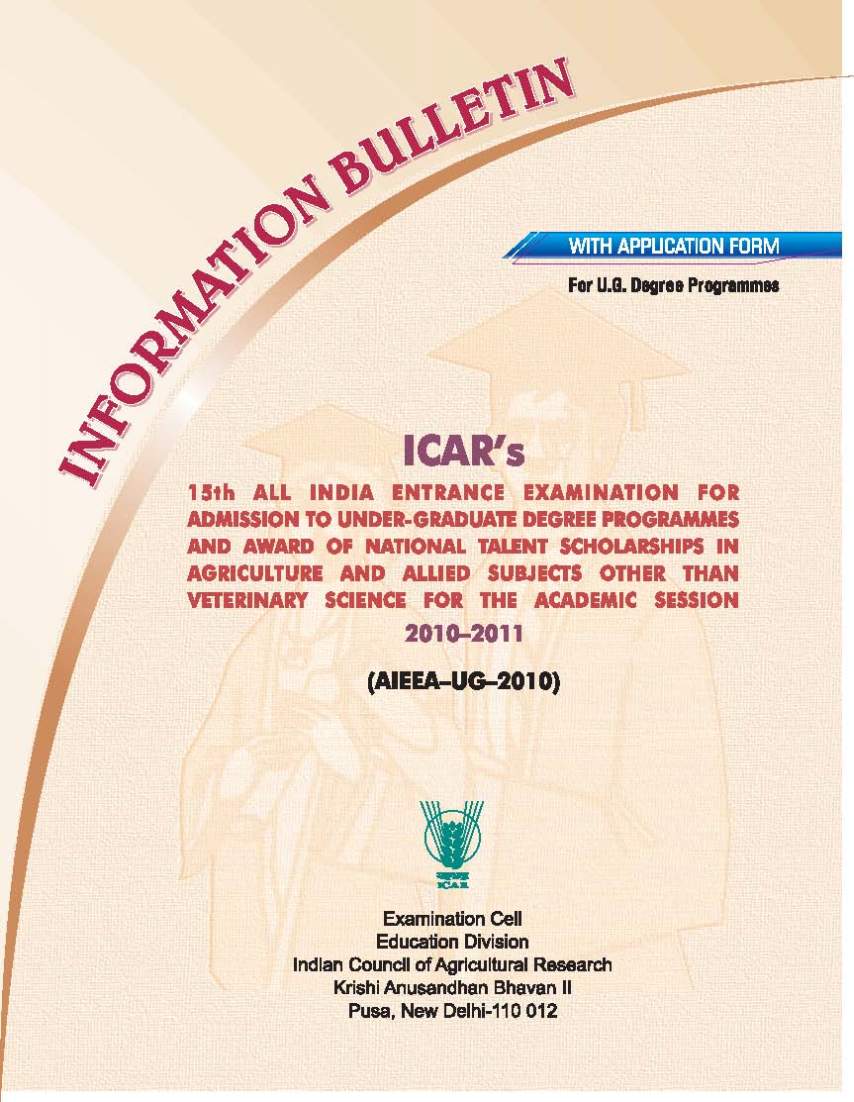 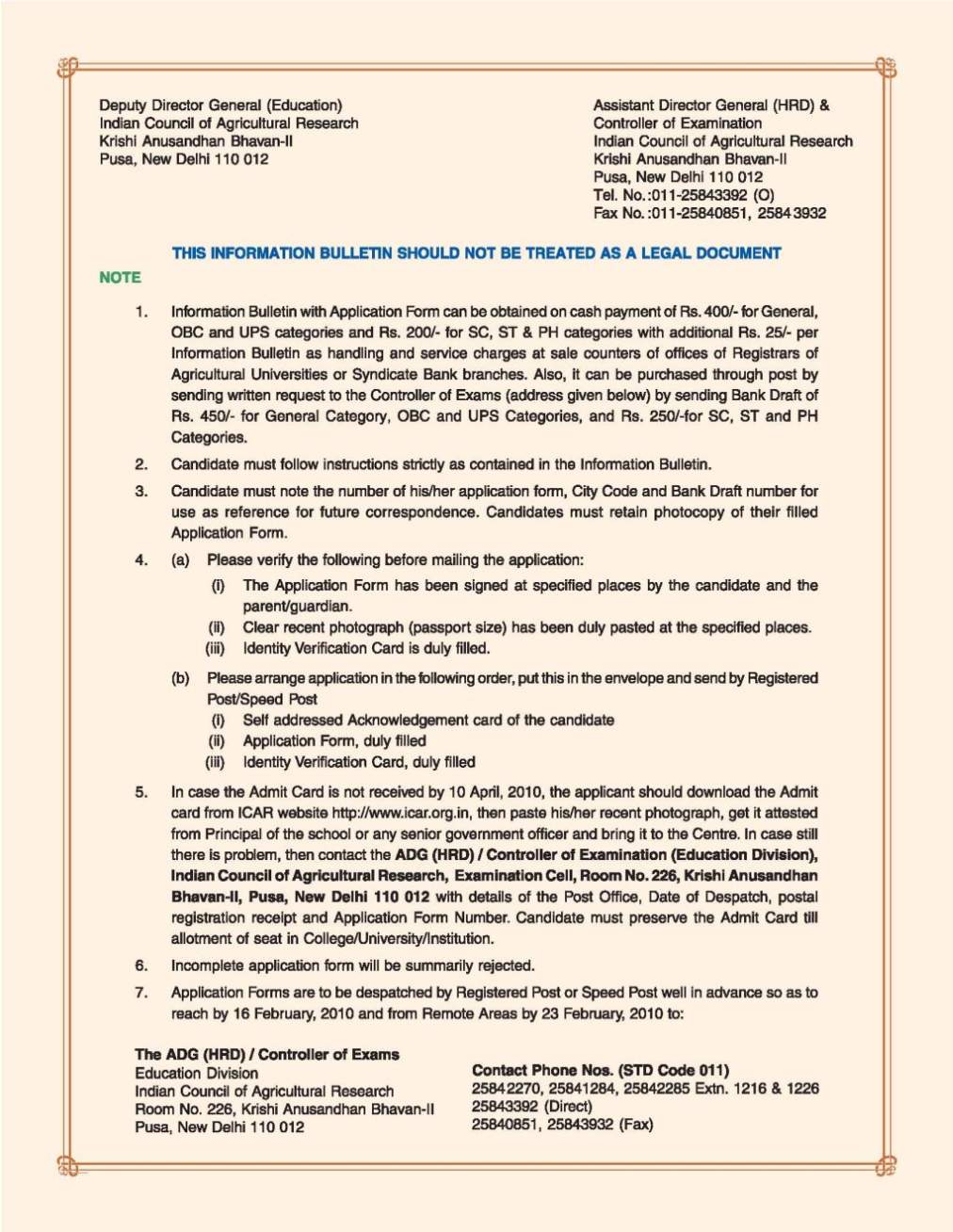 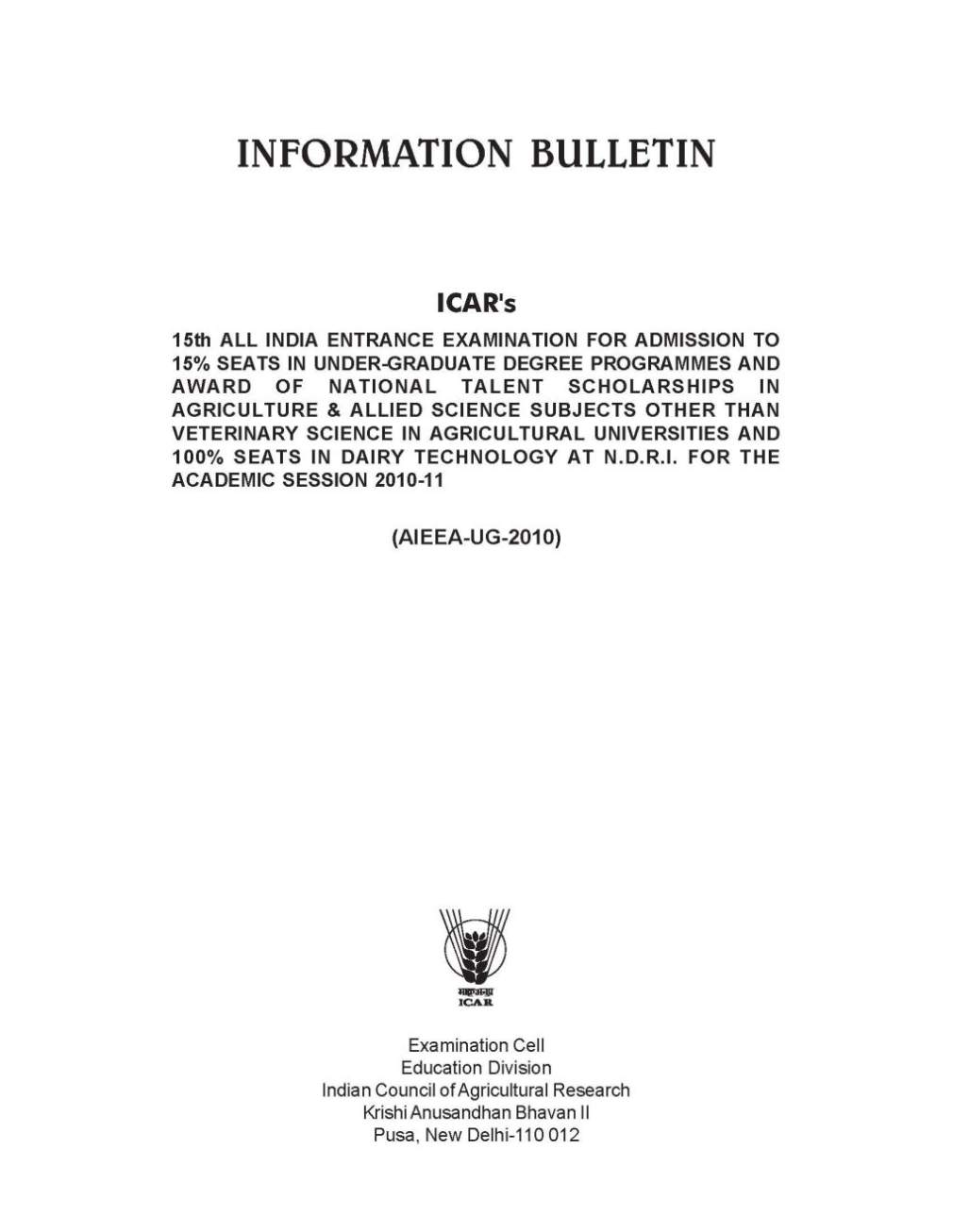 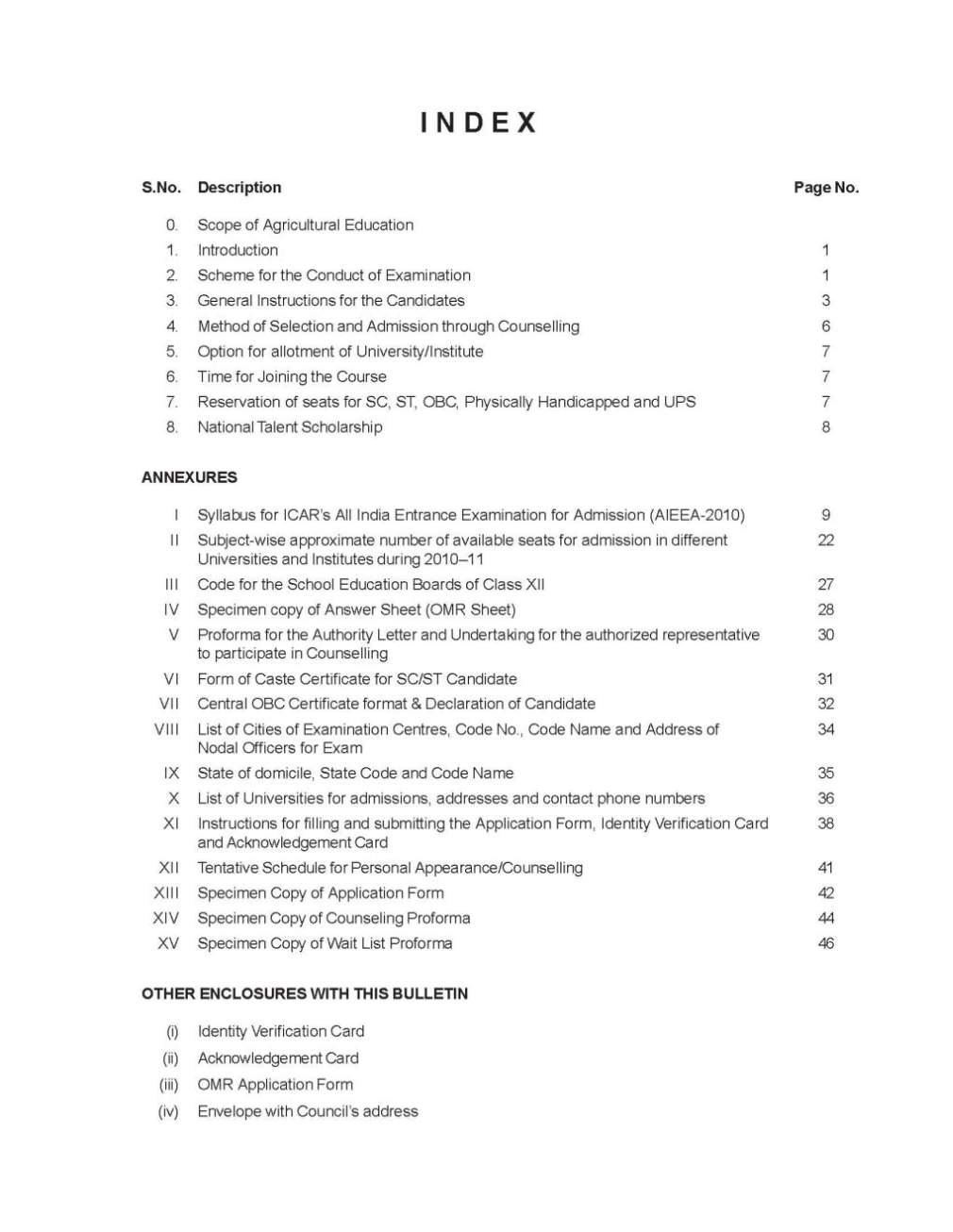 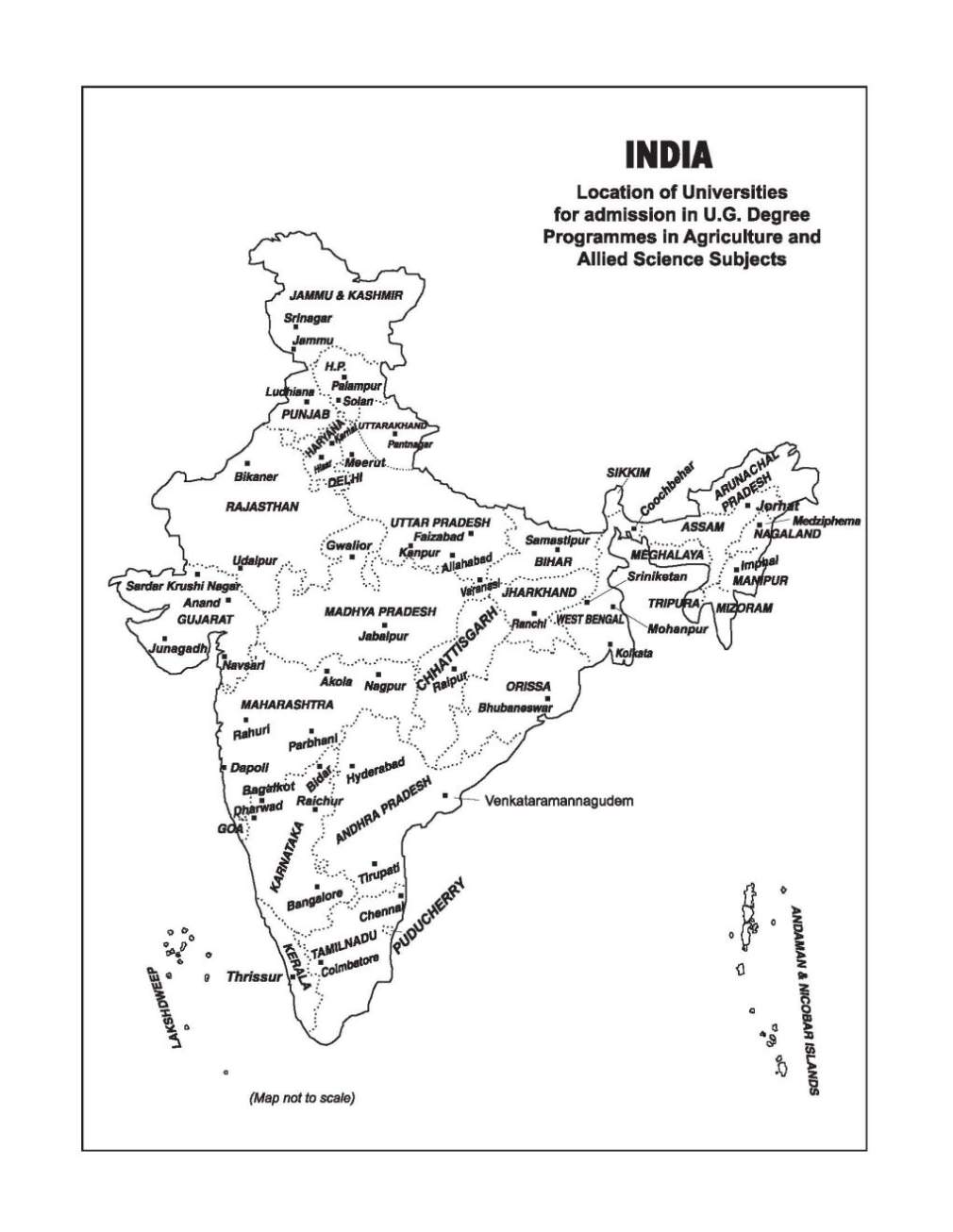 For full syllabus here is the attachment: |